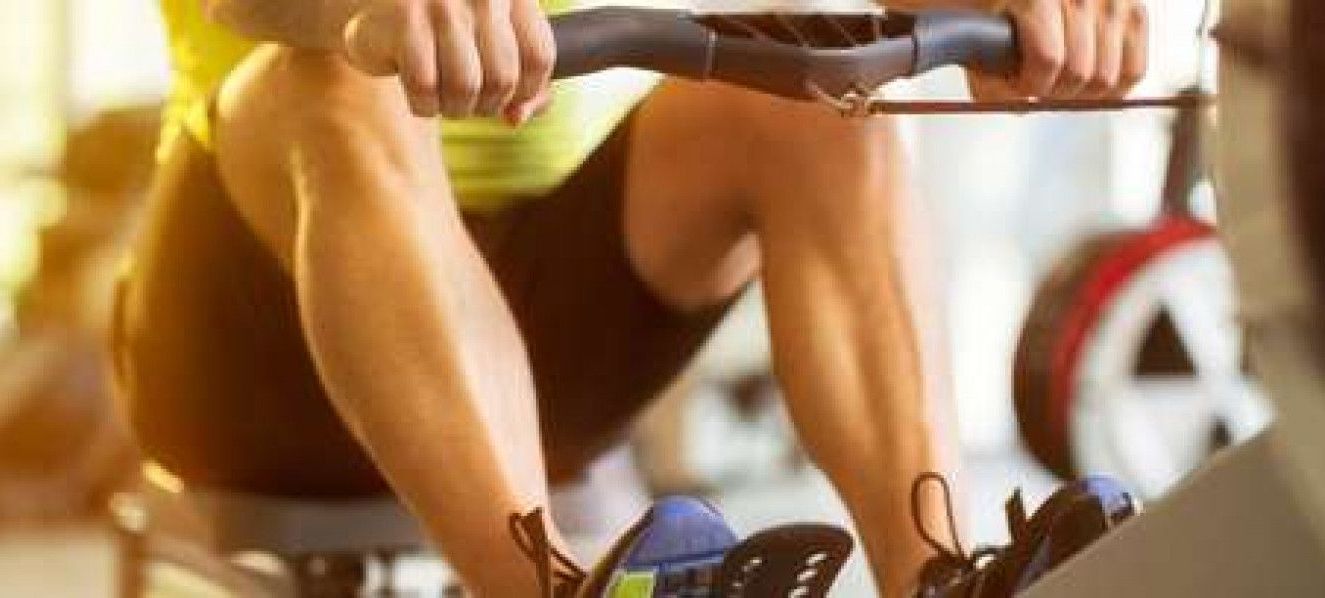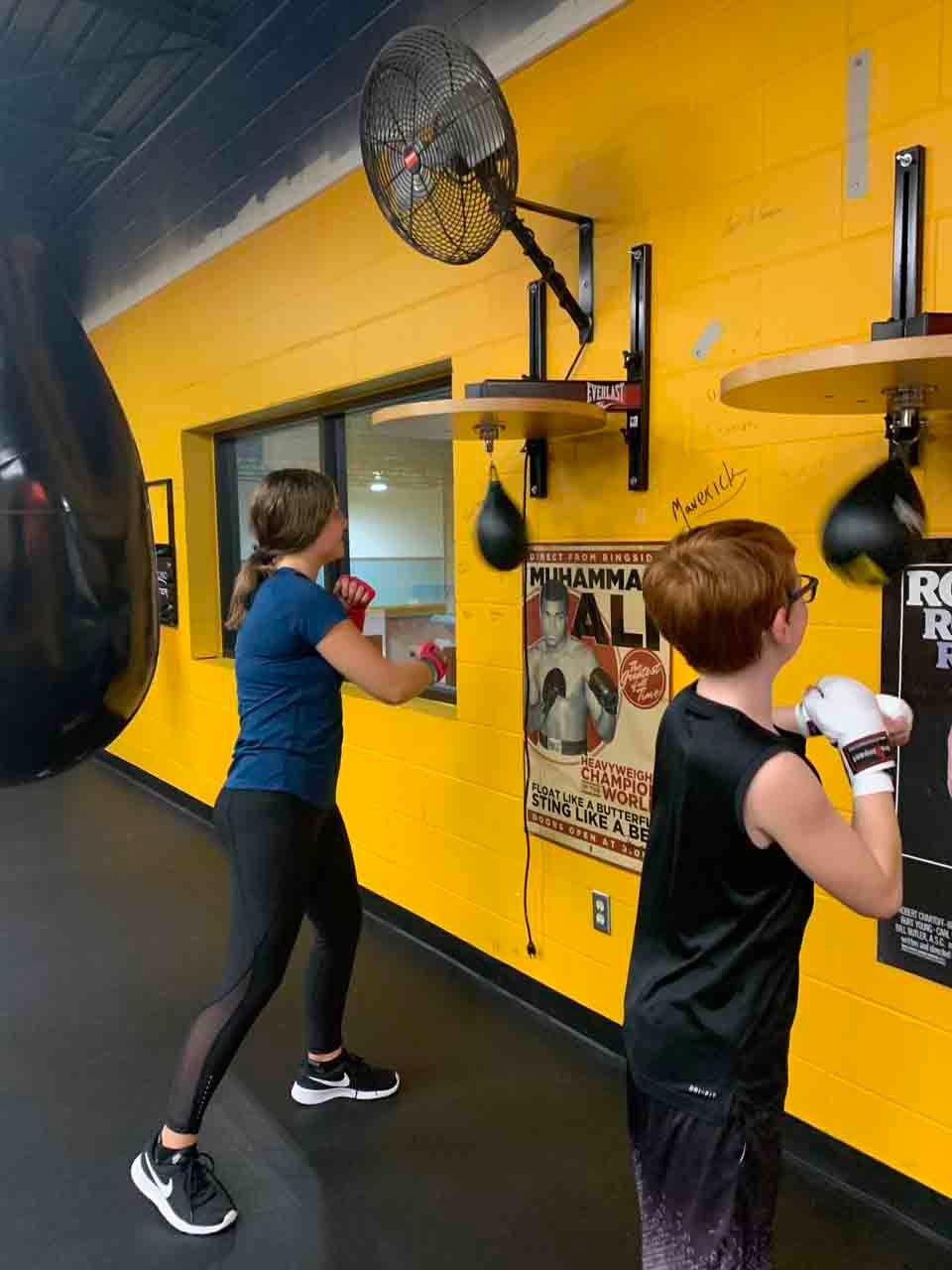By Lyssa Lovejoy, Owner, ACE, AFAA, ISSA, NETA
•
May 13, 2025
Why we sometimes lift better when someone’s watching and what that says about us I’ve caught myself doing it. You probably have too. You're mid-set, focused, grinding then someone walks by. Maybe it’s a trainer, a strong lifter, or someone attractive. Suddenly your back straightens, the bar feels lighter, and you’re lifting like you're auditioning for a superhero movie. So what’s happening here? Is it ego? Is it instinct? Is there science behind why we lift better when eyes are on us? Turns out, yes. And it’s not just vanity it’s psychology, biology, and a little bit of gym-floor drama. Do You Lift Harder When People Are Around? Here are a few questions worth asking yourself: Do you change your intensity when someone’s nearby? Are you more focused or more distracted when others are watching? Have you ever lifted heavier than planned just because you “felt watched”? Do you find yourself aiming for perfect form or a perfect impression? If you've said yes to any of these, you're not alone. And science has a name for it. The Science of Being Seen: Social Facilitation & the Observer Effect Back in 1898, a psychologist named Norman Triplett studied cyclists and found they performed better when riding with others than alone. Since then, dozens of studies have confirmed what we feel in our bones: we often perform better when someone is watching. This is called social facilitation when the mere presence of others boosts our performance on tasks we’ve practiced. In a gym setting, this can translate to: Better form under the mirror or peer pressure Lifting more weight during a crowded workout session Higher motivation in group classes or partner workouts The observer effect also plays a role. Knowing you’re being watched, even subconsciously, alters behavior. This effect is so powerful it's even used in productivity studies and animal behavior research. In the gym, it can either sharpen your focus or lead you down the path of ego lifting. The Hormonal Boost: Testosterone & Competition There's also a physiological piece. When you're in a competitive or observed environment, your body releases testosterone , which can increase aggression, confidence, and power output. That surge might explain why your barbell feels just a bit lighter when you think someone’s checking your form (or your glutes). The Fine Line: Motivation vs Ego Lifting Let’s be real there’s a dark side. That extra rep may look cool, but if it’s compromising your form or pushing past your recovery threshold, it’s not strength it’s show. Ego lifting adding weight to impress, not progress "is a trap". It can lead to: Injury Burnout Inconsistent gains A training plan that’s built for the crowd, not your goals Are You Lifting for Progress or Performance? There’s a difference between lifting to show up and lifting to show off. So ask yourself: Who are you really lifting for? Are your gym gains built on consistency or on comparisons? If no one was watching, would you still train this hard? Your best lifts should be about you. The real you. The one who shows up even when the gym is empty and no one's filming. How to Harness the Watchful Eye (Without Losing Yourself) Here’s how to channel that external energy without letting it derail you: ✅ Use mirrors to check form, not flex ego ✅ Record your lifts for feedback's just followers ✅ Train with a partner who pushes, not pressures ✅ Let attention focus you, not define you You can let the spotlight sharpen your drive, but don’t let it blind your discipline. Final Thoughts: Be Your Own Hype Crew When people are watching, it's easy to lift like the world is your stage. But when no one’s there? That’s where champions are made. So yeah… maybe this lift is about you. But not because you want applause. Because you want growth. Power. Progress. You're not vain for wanting to be seen. You're human. Just remember: the most important audience is the one in your own head. REFERENCES: Dr. Deborah Feltz – Michigan State University Leading researcher in sport psychology, self-efficacy, and how social presence influences athletic performance. Dr. Michelle Segar – University of Michigan Expert in exercise motivation and sustainable behavior change; author of No Sweat and The Joy Choice. Dr. Alia Crum – Stanford University Director of the Stanford Mind & Body Lab; studies how mindset and perception impact physical health and performance. Dr. Robert J. Vallerand – Université du Québec à Montréal Creator of the Dualistic Model of Passion; research focuses on motivation, passion, and optimal performance. Dr. Kai Laird – Independent Sport Psychology Consultant Specializes in mindset, visualization, and performance under pressure for elite athletes.







